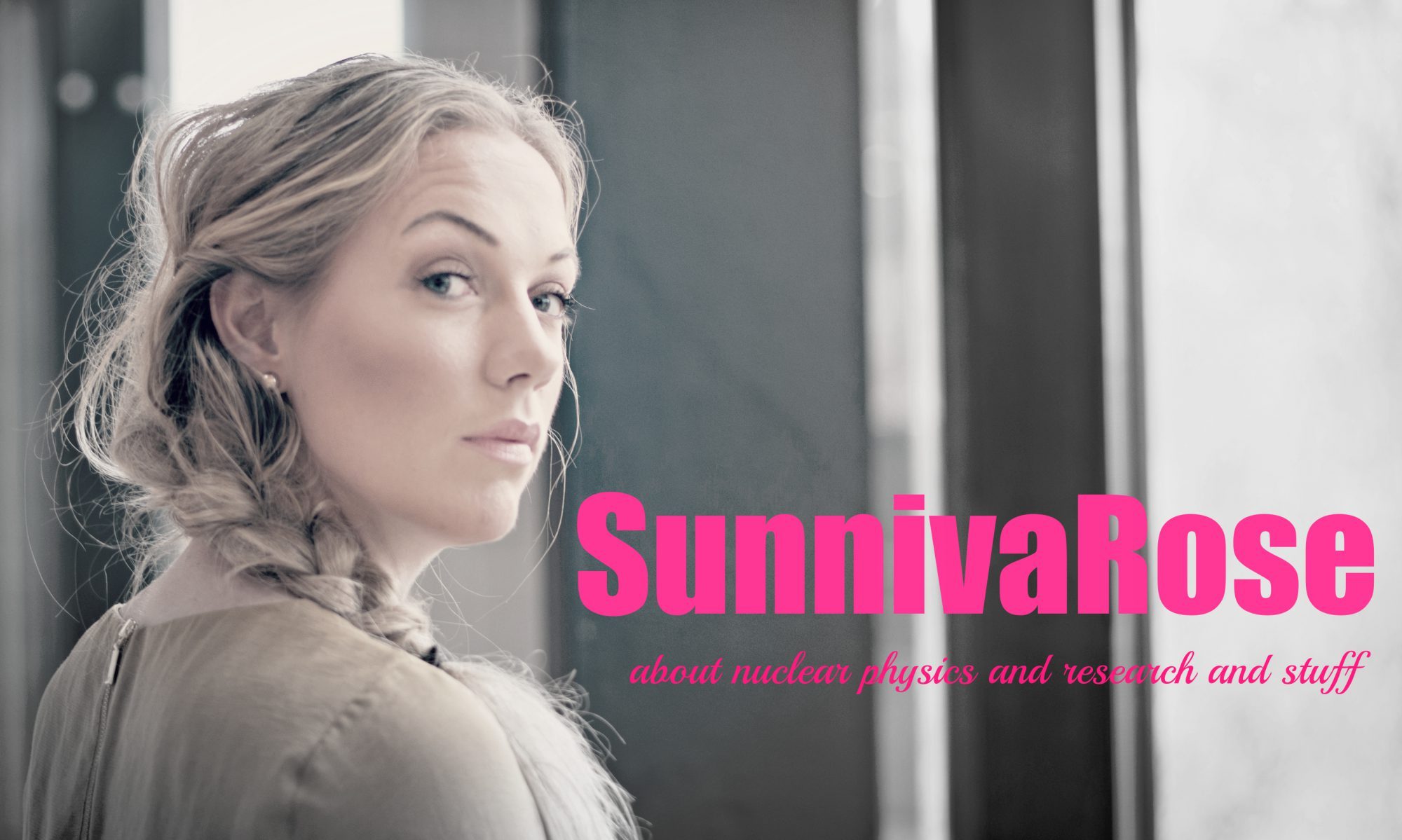Today I just wanted to tell you a little bit about neutrons, and why I think they're the coolest. You know, in a way they're like a Chanel purse - classical, and never out of style 😉
speaking of Chanel: I've been thinking that I should buy a black Chanel purse as a gift for my self when I have finished my PhD, but maybe I should consider the pink one instead...?
So here are my ten reasons why I think neutrons are really cool:
- Neutrons have no charge
- They decide if an atom is stable or radioactive
- A single neutron can sneak its way into a nucleus and make fission <3
- It's an unstable particle with a half life of a little bit more than 10 minutes
- I sort of envision them as white dots, or tiny billiard balls...
- A free neutron turns into hydrogen (meaning that the neutron is actually a radioactive particle - radioactivity is just soooo fascinating 😀 )
- Neutrons are the "flame" in the fuel of a nuclear reactor
- Neutrons gives different doses (of radiation) depending on their energy
- You can make a neutron from a proton and a proton from a neutron (almost sounds like witchcraft, or something)
- If neutrons have the right energy, they can do quite a lot of damage - but you can just use normal water as a shield, and you're fine 😉
I just love them - neutrons are without doubt my favorite. They're fabulous ✨
Do you have a favorite particle?
-------------------------------------------------
PS: I am working on Question of the month (which is actually not a nuclear physics one this first time) - the plan was to publish it yesterday, but since I (unfortunately? 😛 ) have another job than just being a blogger, I haven't been able to finish it yet , and I'm really sorry :/ However, I'm still inside my own "limits", since I said it would come this week, and even though it's Friday, it's not the end of the week just yet 😉
















